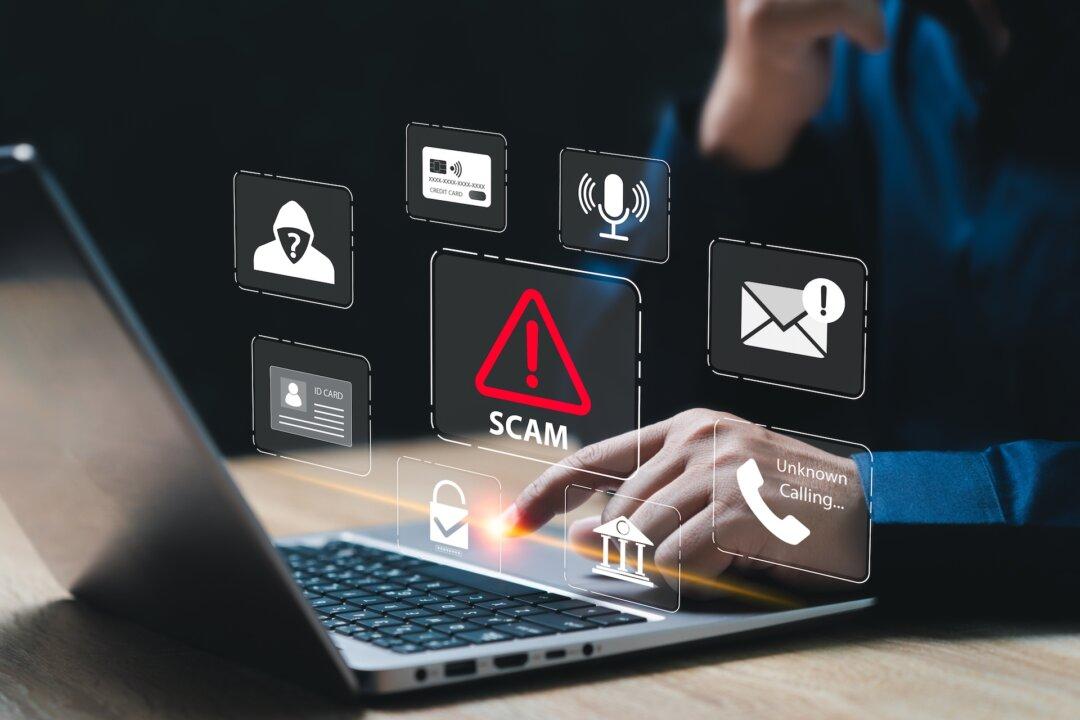Commentary
In her now-infamous essay for The Cut, Charlotte Cowles described how she was conned out of $50,000 in a single afternoon. In the aftermath, Cowles felt deep shame—partly because, as a financially literate, tech-savvy, socially connected millennial, she didn’t perceive herself as the type to fall for scams.

